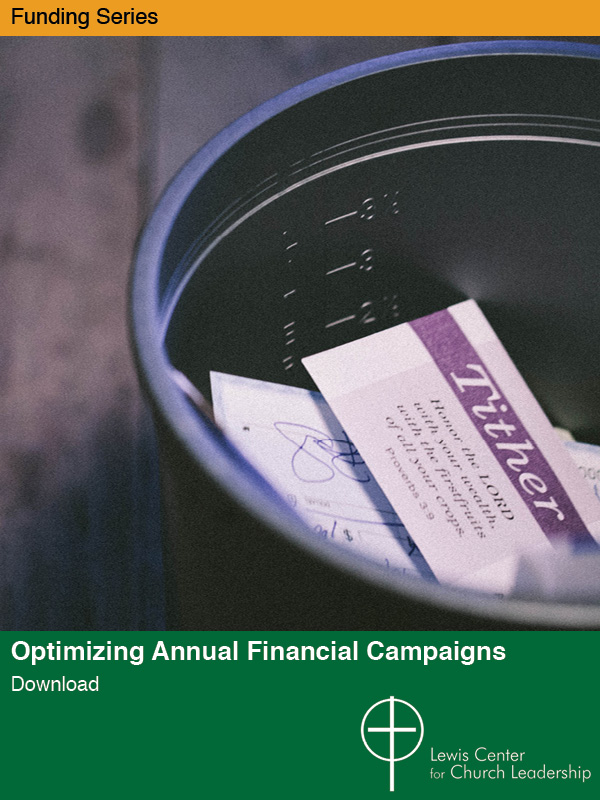Most congregations know the financial squeeze of recent years from the economic recession. What is more striking is that the financial downturn for denominations is even more pronounced and perhaps more long lasting. Recent developments in the United Methodist Church may serve as a bellwether for others. As Loren Mead recently noted, it was the Methodists in 1966 that for the first time ever had a decrease in membership that signaled a downturn soon matched by all the mainline denominations.
A major financial reset is needed by most denominations to position them for these seismic changes ahead. The time to make choices is now — while there are still choices to be made.
Fewer people giving more money. As membership decreased over the decades, giving continued to increase even after factoring in inflation. Every year, fewer people gave more money. That model worked for a long time. For United Methodists it lasted until 2009. In fact, for a 30-year period through 2007, total giving for all purposes by United Methodists increased from 100 to 300 million dollars a year (before inflation) every year. In 2008, the increase was a modest $4.8 million. Then, for the first time in the memory of most, total giving declined in 2009 by about $60 million. Does this begin to sound like another bellwether moment?
The coming death tsunami. But won’t denominations return to the previous performance when the economy improves? Not likely. The practice of depending on fewer people to provide more money is unsustainable in the face of the coming “death tsunami.” The U.S. death rate is currently in a stable period that began in 2003 and continues until 2018. But what follows this plateau is a death wave in which there will be more deaths and a higher death rate than at any time since the widespread introduction of antibiotics and other medical advances. The total number of deaths each year will go up until 2050, and the majority of these deaths will be older non-Hispanic whites and African Americans, the two largest constituencies of mainline churches.
Resetting the financial baseline. Therefore, a major financial reset is needed by most denominations to position them for these seismic changes ahead. As with any organization facing the future after 45 years of unabated decline in its constituency, there must be a stepping back to a new and lower baseline in order to move forward. Otherwise, all energy must go to maintaining the old unrealistic financial baseline.
The purpose of resetting the financial baseline is to free the preoccupation from money to reaching people for Christ through vital congregations. The criteria that matter going forward must be around reaching people, and the whole system needs alignment toward that goal. Money is a lagging indicator. We reset in order to return to the basics on which all giving depends — changed lives and transformed communities. There is no future for U.S. denominations that cannot reach more people, younger people, and more diverse people.
The death tsunami is coming. If it sweeps over a church already stretched to its limits to survive financially year by year, the result could be catastrophic. However, if it comes to a church that has reset its baseline and demonstrated the ability to begin growing, then the losses will occur, but will not deter the “field of energy” already moving in the denomination. Such a church will not only survive but come out on the other side as a growing, missional, and spiritually alive instrument of God. The time to make choices is now — while there are still choices to be made. Otherwise, circumstances will make the choices for us in the future.
View Lovett Weems’ 15-minute presentation “Reset and Refocus” presented at the United Methodist Financial Leadership Forum in March.






